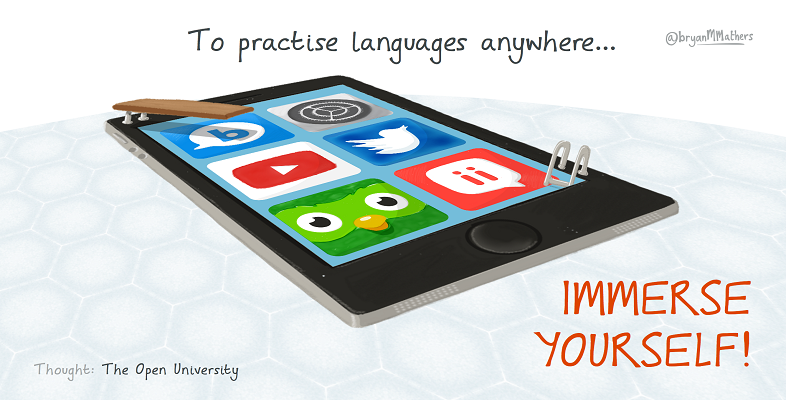3 Writing
For some people, writing in the target language seems an easier task than speaking as you have more time to think about what you want to communicate and how. Others see this the other way around, as speaking leaves no trace of any errors and in writing your mistakes stay in print, which adds to the pressure particularly when what you’ve written will be seen by others.
Writing presents a number of challenges to the language learner. One of them is how to write the words that you hear. Some languages, such as Italian or Spanish, have a very transparent writing system, where one sound is usually represented by one letter. As long as you can identify the letters that correspond to each sound, you will get the spelling mostly right. Other languages, such as English, have a more complex correlation between sound and spelling, making them harder to write.
So for instance, in Spanish, the sound /f/ is always represented by the letter ‘f’ (in words like final and foto). In English, on the other hand, the sound /f/ is represented by the letter ‘f’ in words like fish and final, by the letters ‘ff’ in offer and off, and by the letters ‘ph’ in photo, for instance. As you can see, Spanish is a lot more transparent than English.
It will take time to get used to writing in languages that use an alphabet that is different from that of your first language (such as Greek), but once you know the correspondence between sound and letter, and with lots of practice so that writing the letters doesn’t present a challenge in itself, it should not be too long before you become used to it. It’s a different story altogether for languages that use logographic scripts, as your mind will need to map the sound to the symbol, the symbol to a meaning, and most likely both the symbol and the sound to a simplified more phonetic spelling version, such as pinyin in Chinese.
Activity 4 Find apps that allow you write in different script
There are lots of apps that help you learn new alphabets and logographic scripts, so if you are learning a language that has a different script from yours, look up two apps to learn how to write that script, and compare their features. Remember that you can use the framework I introduced in Week 3 to help you evaluate them. Once you’ve found a relevant app and have evaluated it, you can leave a review in the app store.
